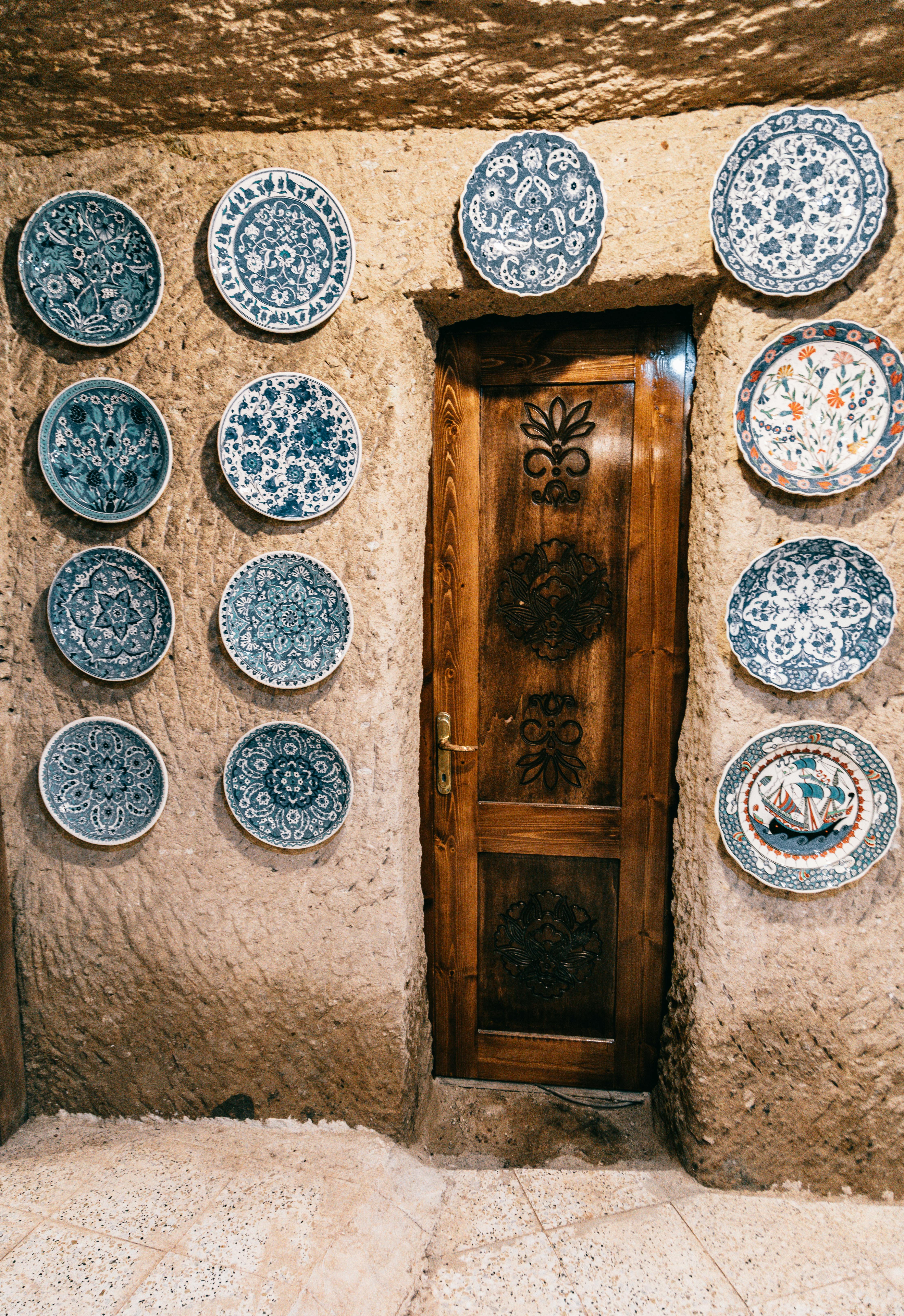
Introduction
As an integral part of exterior renovation, bifolding doors add an artistic flair to your home, creating an unobstructed view and seamless flow between indoors and outdoors. However, considerations about the right type of material for your bifolding doors are fundamental to meet your individual needs and tastes. This article aims to empower you with an in-depth analysis on the advantages and disadvantages of various bifolding door materials - wood, uPVC, and aluminium.
1. Wooden Bifolding Doors: Elegance Meets Function
Wood offers a classic and timeless appeal. It’s unparalleled for its beauty, charm, and the ability to blend seamlessly with most architectural designs. Beyond aesthetics, wooden bifolding doors provide excellent thermal insulation properties. However, it requires a higher maintenance regimen to keep its aesthetics and functionality intact. Regular varnishing or painting helps to safeguard it from the impact of weather elements. Plus, the material is more susceptible to swelling, warping, and rotting. The high-end price tag is another notable limitation of wooden bifolding doors.
2. uPVC Bifolding Doors: Affordable Durability
A top consideration for budget-conscious homeowners, uPVC bifolding doors are known for their affordability without compromising durability. With an impressive thermal performance, uPVC serves as an excellent heat insulator, lowering your heating bills. The material also has superior sound insulation properties. Furthermore, it has outstanding resistance to weather conditions, making it less prone to warping. The maintenance needs are minimal as well. One drawback of uPVC is its size constraints, given the material's flexibility. Also, some homeowners may find its plastic appearance less appealing compared to wood or aluminium.
3. Aluminium Bifolding Doors: Sleek and Strong
If strength and sleek design are what you prioritize, aluminium bifolding doors are your best pick. They revel in their ability to sport slim sightlines, providing an almost seamless blend with your home interior. The strength of aluminium allows for larger panels, without compromising the door’s structural integrity. Known for their weather resistance, aluminium bifolding doors are immune to warping, rotting, or rusting. They also score highly when it comes to maintenance, demanding little effort to keep them looking brilliant for years. However, the outstanding features come at a premium price, which could discourage budget-tight homeowners. Additionally, aluminium lacks in terms of insulation when compared to other materials.
4. Maximising the Benefits: Glass Options in Bifolding Doors
Choosing the right glass for your bifolding doors can maximise their benefits, irrespective of the material you select. For instance, double-glazed or triple-glazed glasses enhance thermal and acoustic insulation. With an inert gas-filled gap between the panes, they keep your home warm during winter and cool during summer. Opting for self-cleaning glass can reduce your maintenance burden, while laminated or tempered glass offer increased security.
Conclusion
When opting for bifolding doors as part of your home improvement project, it’s pivotal to consider the merits and limitations of different materials. Whether you prefer the natural allure of wood, the affordability of uPVC, or the superior strength of aluminium, understanding these diverse materials will ensure you make the right choice for your bifolding doors. Your selected doors should not only provide functionality and toughness but should also echo your unique style and complement your home aesthetics.
Remember, investing time and thought in choosing the right material could make a significant difference in enhancing your living space’s charm as well as the overall value of your property. This comprehensive analysis of bifolding door materials is intended to guide you in your journey towards completing a successful exterior renovation.